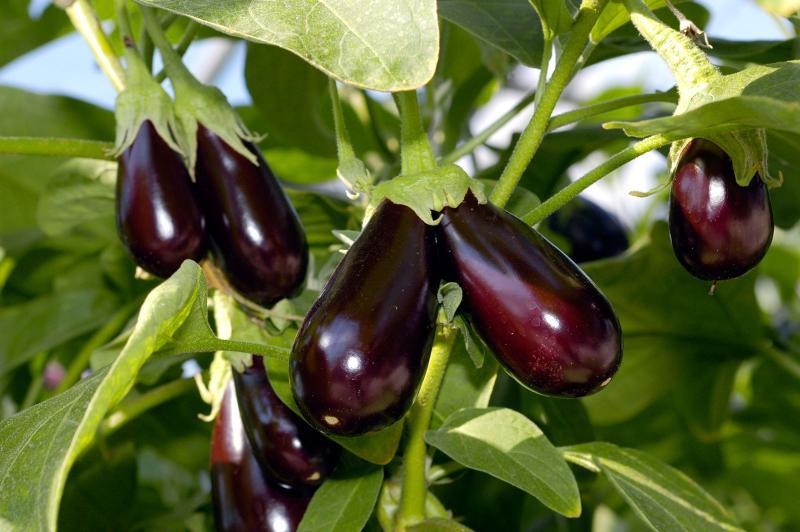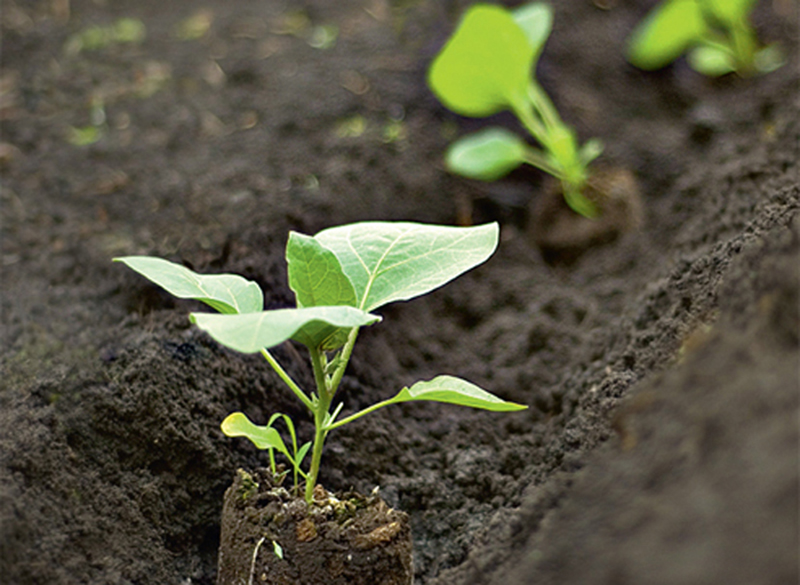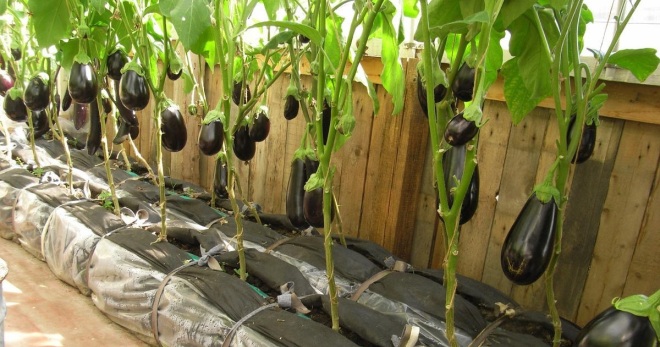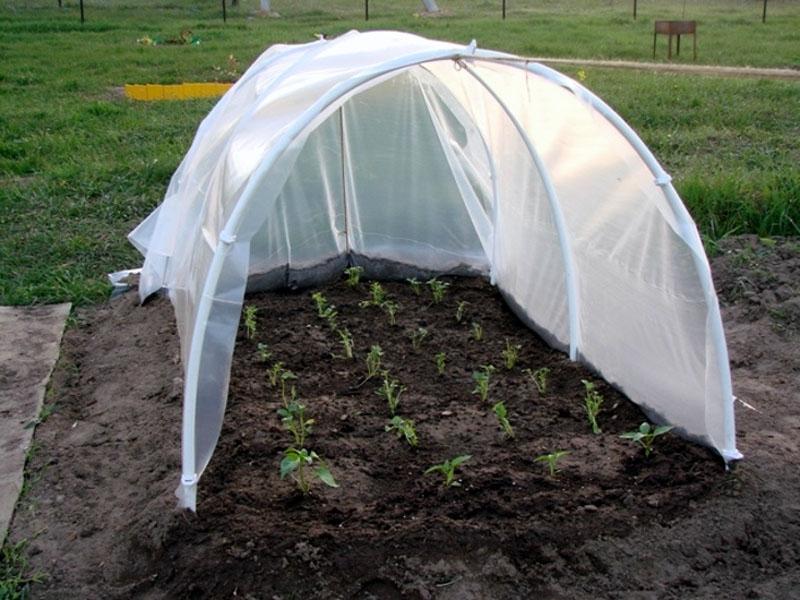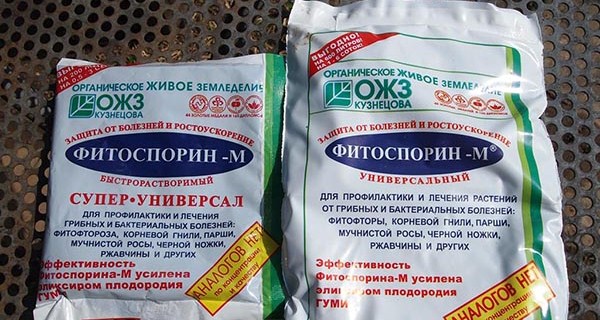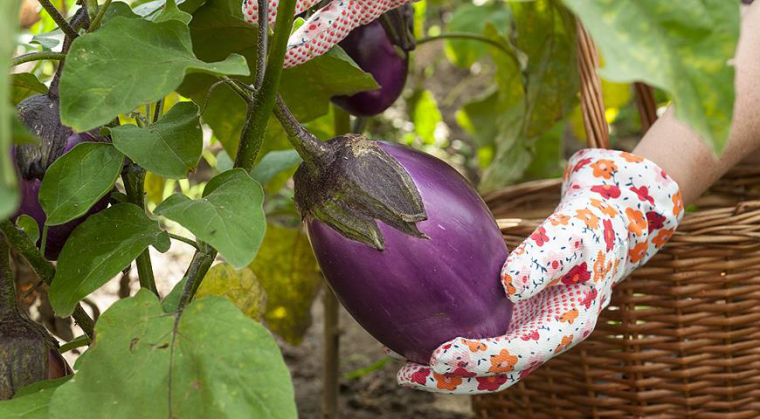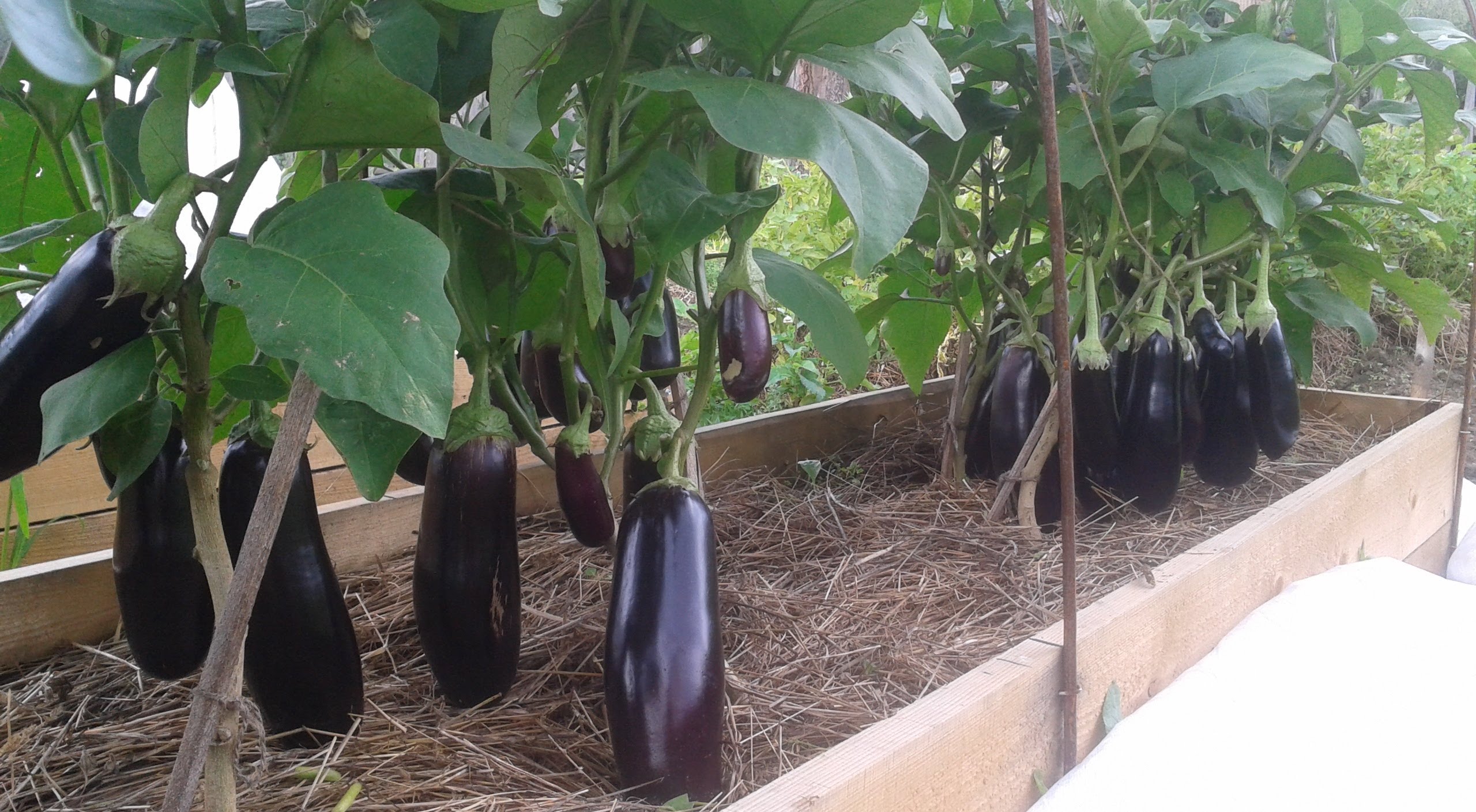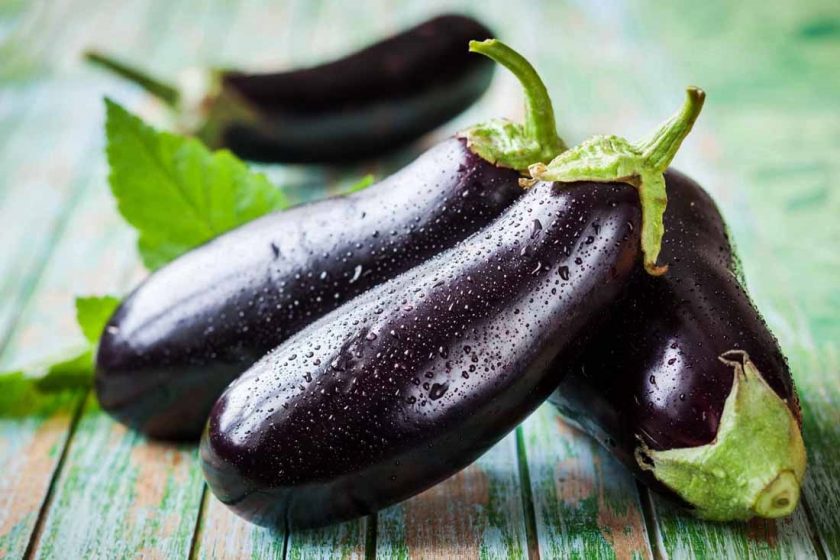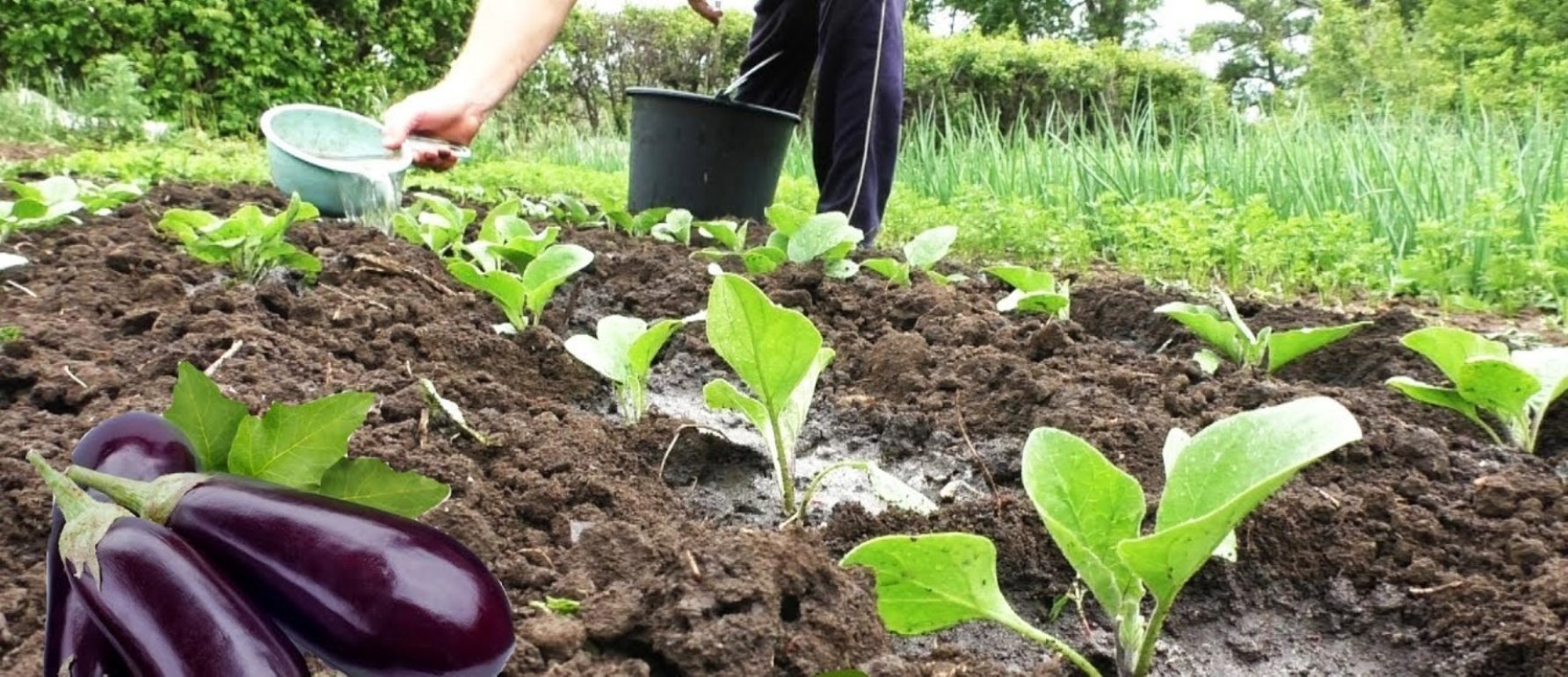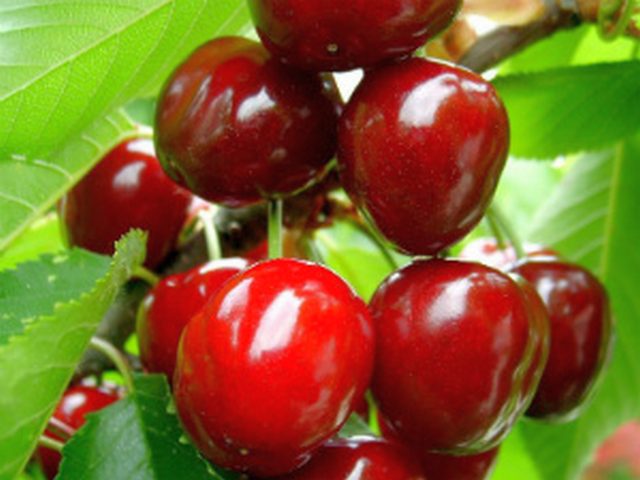Content:
The harsh climate of the Urals is not very suitable for growing typically southern vegetables, fruits, and other plants loved by summer residents. But no matter what obstacles nature poses, the beds are decorated with tomatoes, peppers, eggplants - growing these vegetables in the Urals has become a reality thanks to the emergence of new varieties and the tricks of gardeners.
The most acceptable conditions for growing eggplants in open ground and greenhouses in the Urals
The peculiarity of the culture - for growth, flowering and ripening, it requires a large amount of heat for a long time. But the summer in the Urals is short, as the locals joke - only one month, July. Therefore greenhouse cultivation is a common practice.
- For the normal development of blue ones, a stable temperature of 25-30 ° C and good lighting are needed.
- For a region with a continental climate, the optimal solution is to use stationary greenhouses equipped with heating and additional lighting.
Greenhouse eggplants are not the worst option for the unspoiled Urals, but the more "live" sun the fruits get, the tastier they grow.
Since the varietal characteristics of eggplants are an important component of success, the choice is made according to the rules:
- In greenhouses, it is allowed to plant varieties that respond to sudden changes in weather conditions, on unprotected beds - only stable ones.
- The maturation period of greenhouse varieties is no more than 150 days, i.e. early to mid-season. For open ground, only early ripening ones are suitable.
- Preference is given to high-yielding varieties that are resistant to characteristic crop diseases. For open ground, choose low-growing cold-resistant eggplants, in which the fruits ripen even during cold snaps.
Selection and preparation of a landing site, taking into account climatic features
The place for open beds for eggplant is chosen carefully. It should be well lit by the sun throughout the day. The orientation of the planting rows from south to north - this way the plants will receive the maximum possible amount of sunlight.
The natural characteristics of eggplants require fertile soil. The challenging climate puts this criterion first. Best of all, blue ones grow on sandy loam and loamy soils with good drainage.
The beds and greenhouses are prepared in the fall:
- They normalize the mechanical properties of the soil, add loosening components to heavy ones, and clay or black soil into excessively light sandstones.
- Fertilizers are applied - organic and mineral.For each square meter add humus (10 kg), wood ash (1 l), superphosphate and potassium sulfate in a tablespoon.
How to plant a culture correctly
Regional planting rules differ little from general technology, but there are features that must be taken into account:
- Determination of sowing dates. Seeds are sown in the last days of February. Even with an uneven seed germination (which is typical for a crop), it will be ready for planting in due time.
Important information! When sowing non-germinated seeds, a “blanket” of snow is used instead of water to moisten the substrate. The seedlings will be more resistant to weather changes, diseases, and easier to adapt after transplanting.
- The seeds are sown in separate small cups, then transferred into larger pots, about a liter volume, so that the root system of the seedlings develops normally in anticipation of favorable weather.
- The grown seedlings begin to harden 3 weeks before transplanting, as soon as weather conditions permit.
- The timing of when to plant eggplants in a greenhouse in the Urals is determined as the first half of May for heated structures and after May 20 - without heating. In open ground, planting is carried out no earlier than the second half of June, provided that the soil has warmed up to 15 ° C.
- When planting, the seedlings are not buried.
- On open beds, a plastic wrap or spunbond is used to insulate seedlings, pulling the greenhouse onto light collapsible frames immediately after planting, watering and mulching the earth. Plants can be fully opened at the end of June, before that, the film is thrown back if the air temperature exceeds 20-22 ° C for several hours.
- For growing eggplants in greenhouses in the Urals, seedlings are planted in a checkerboard pattern at a distance of 40 cm for low-growing varieties, 60 cm for tall varieties.
- In the open field, the distance between rows is 50-70 cm, between bushes 45-60 cm.
Care and cultivation
Growing eggplants are also taken care of according to the general rules for the culture, taking into account regional characteristics.
In open beds
The protective film is completely removed only in July. With the beginning of the traditional August cold snaps, the shelter is returned to its place. They use it only when the temperature is critical for the variety.
Watering schedule:
- before opening of flowers - once a week, water consumption 10 l / m2;
- with the beginning of flowering - in 2-3 days, taking into account weather conditions.
Feeding schedule:
- 2 weeks after planting the seedlings, organic fertilizers are applied - an infusion of mullein or bird droppings.
- After 3 weeks, the soil is enriched with potash and phosphorus fertilizers. Also, phosphorus and potassium are fed during the period of fruit setting.
Often, instead of the usual fertilizers, including mineral ones, herbal infusions or wood ash are used.
In greenhouses
Greenhouse planting requires no less worries.
The required temperature is constantly maintained: the windows and doors are opened during the day, and they are closed at night. Blue ones are watered more often than in open beds, since at elevated temperatures the soil evaporates moisture more intensively.Fertilize in the same way as in the open field.
Under more stable growing conditions in the greenhouse, a higher yield is expected from it. Shrub formation is one measure to help achieve this goal, see below for details.
Pest and disease control
The thin, delicate leaves of eggplant attract a significant number of pests. As a preventive measure, it is better to use dusting with wood ash - it scares off most parasites and helps prevent many diseases.
- Aphids - infusions of tansy, wormwood, capsicum, soap solutions (green or for pets). To scare off, spicy celery, dill, calendula, marigolds are planted next to the main crop.
- Colorado potato beetle - pre-planting soil treatment with "Aktofit", spraying with infusions of hot pepper, wormwood, repelling and other pests. In the greenhouse, Fitoverm or other bioinsecticides are used; in the open field, you can use chemical agents, but only as a last resort.
- Spider mite - for prevention, they are regularly sprayed with infusions of onions, garlic, hot peppers, tops of tomatoes or potatoes, ammonia. It is recommended to plant onions, garlic, calendula, marigolds as a green barrier in the aisles.
- Whitebird - adults are lured into traps or collected with a vacuum cleaner. To combat the larvae living in the soil, insecticides are used - "Confidor", "Fufanon".
- Pathogenic viruses, bacteria and fungi cause severe diseases, leading to a loss of 70% of the crop.
The main means of fighting viruses is strict adherence to agricultural technology, especially in a greenhouse, soil treatment in autumn and spring, and disinfection of seed material. As a preventive measure, the soil is treated in spring and autumn with Bordeaux liquid, copper sulfate or pink potassium permanganate.
"Fitosporin", "Trichodermin", "Baktofit" cope well with fungal infections of eggplants. The best preventive measures include copper sulphate or Bordeaux liquid, with which the grant is treated twice a season. For the treatment of greenhouses, "Farmayod" is effective, destroying the vast majority of pathogens.
Methods and technologies for regulating growth and fruiting
The formation of bushes is carried out with the aim of increasing the yield. Correct shaping of the bush increases the number of ovaries, and also allows you to adjust the weight of the fruit. Stunted and dwarf varieties are allowed to grow without molding. Medium and tall need adjustment.
On unprotected beds, bushes are not formed, they only pinch the crown when the height of the bush reaches 40 cm. Then the number of ovaries is normalized: 5-6 of the largest fruits are left on each bush. New flowers are also cut off, the prospect of getting a harvest from them is negligible, but they will take away the strength from the plant.
The methods of formation and the appropriateness of their use for eggplants in the greenhouse are primarily determined by the state of the plant:
- In 1 stem, weakened seedlings are formed, with thickening or with insufficient illumination of the inner parts of the bush.
- In 2 or 3 or more stems, you can grow bushes with a rare planting, when they are not cramped, lighting and air access are not limited by anything.
Summer residents who do not have the opportunity to visit the site daily prefer to grow undersized varieties, since the formation of a bush is a process that requires constant monitoring.
Basic principles of growth regulation
- They begin to form on the 14-15th day after planting in the greenhouse.Pinch the top at a height of 30-35 cm.
- All stepchildren below the first bud (flower) are removed. The flower itself is also removed.
- Of the growing shoots, the strongest are always chosen, on which the crop will form.
- The procedure is repeated on the shoots of the second, less often the third and fourth orders.
- All events are held at 2-3 week intervals.
The number of fruits is normalized according to the scheme:
- for small-fruited (up to 250 g) varieties, rationing is not performed;
- in medium-sized (up to 450 g) eggplants, a third of the flowers are removed from each branch;
- in large-fruited (over 450 g), one largest ovary is left on each productive shoot.
Stepsons and buds are pinched off at the very beginning of their formation in order to reduce the stress caused to the plants.
For novice summer residents, growing eggplants in the zone of risky farming - the Ural region - seems to be an unrealistic, unfeasible measure. But a competent approach to organizing the process, the correct choice of varieties and adherence to agricultural technology will lead to success.
